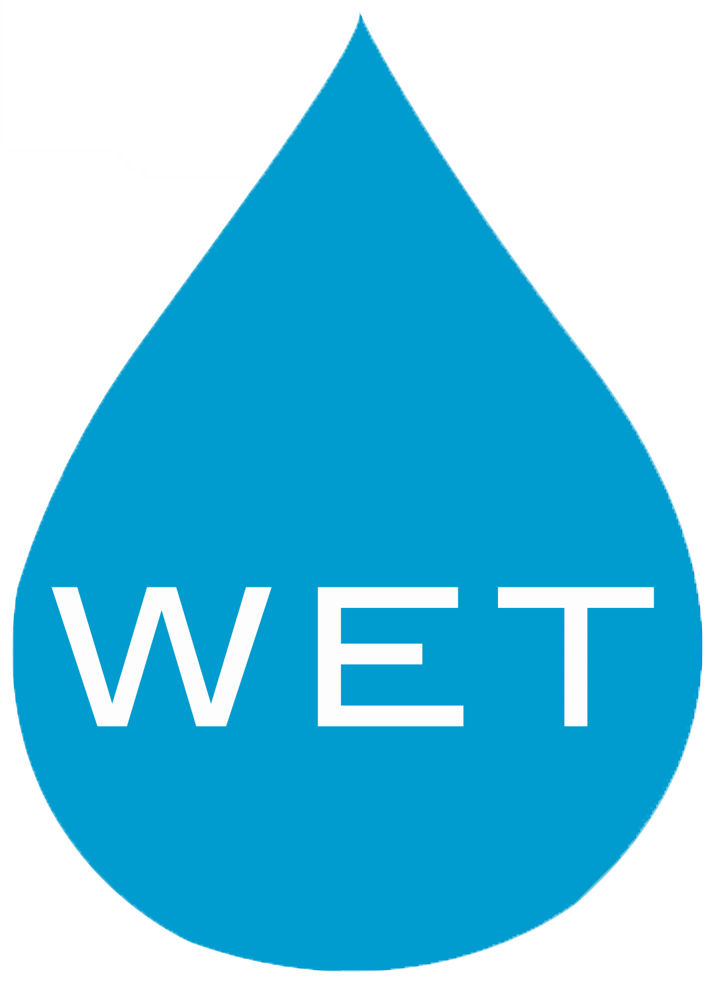California could produce the world’s first guidelines on microplastics in drinking water. The US State’s Water Resources Control Board aims to issue a health-based threshold and testing methods by July 1, helping to tackle potential threats posed by the contamination.
According to an article on Calmatters, significant obstacles remain to “such early action” due to the current lack of information on testing and human health impacts.
As stated in the 2018 state law, California must undertake four years of testing for microplastics in drinking water to “adopt a definition of microplastics in drinking water”.
They are also required to adopt a standard methodology for testing microplastics in drinking water by July 1.
A precautionary approach
It’s estimated that there are trillions of plastic particles and at least 100,000 tons of microplastics floating on the ocean surface.
One of California’s most significant challenges when building a standard is the severe lack of data coverage on the levels of microplastics in the drinking water supplies and the effect on public and environmental health.
Another challenge is the lack of a globally standardised method for testing the levels of microplastics in drinking water.
“It is currently estimated that there are at least 100,000 tons of microplastics floating on the ocean surface.”
In addition to this, research into the effect of ingesting microplastics is still in its early phases. Furthermore, there also is the fact that testing drinking water for microplastics would be expensive due to it being complicated and time-consuming.
As a result, the state is taking a precautionary approach to tackling the potential threats microplastics may pose.
Time-consuming and expensive
The current method for testing the levels of microplastics in water remains fairly manual: one of the most effective methods to get an accurate figure of the levels of microplastics is to count them out by hand, often under a microscope.
Recently, however, some labs have experimented with staining microplastics to make them stand out and then using an infrared laser to accurately count.
“The most effective way to get a true figure of the levels of microplastics is to count them out by hand, often under a microscope.”
Calmatters quoted Theresa Slifko, chemistry unit manager at the Metropolitan Water District of Southern California, as saying that monitoring drinking water for microplastics would be “very complicated and time-consuming, and that’s why it’s expensive”.
In the past, palladium has been used to trace nano plastics throughout water treatment, and another method has been to vaporise the test sample and then analyse the gas.
A fast-approaching deadline
On July 1 California is due to release its research results on the level of microplastics in drinking water supplies. This could help to direct the level of testing water utilities in the United States could eventually be mandated to carry out.
The Southern California Coastal Water Research Project has been sending water samples contaminated with microplastics to several labs to see if microplastics can be distinguished from other contaminants.
While this is the first guideline of its kind, there remains a question of whether this will have the weight initially to push for any significant legislative change.
A lack of data on the impacts that microplastics have on our health and the environment remains the key to this initial guideline gaining traction.
“California is testing the water and this guideline is the first step.”
In 2019, the World Health Organisation stated on the topic of microplastics in drinking water that “no reliable information suggests it is a concern through drinking-water exposure”.
However, the fight against microplastics in our water is only just beginning; with greater research being focused on this field, it will only be a matter of time before we start to see credible data emerge.
California is testing the water and this guideline is the first step.
Scott Coffin, a research scientist from the State Water Resources Control Board reportedly said: “It will be the world’s first health-based guidance value of any sort for microplastics recommended by a working group or government agency.”
To view the full article- https://www.aquatechtrade.com

